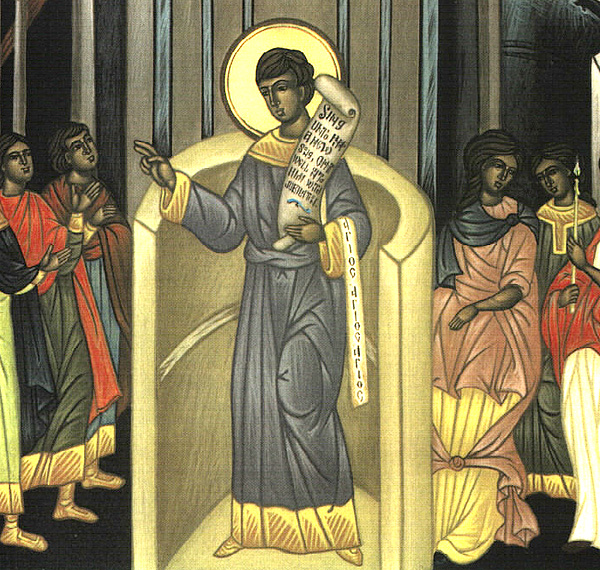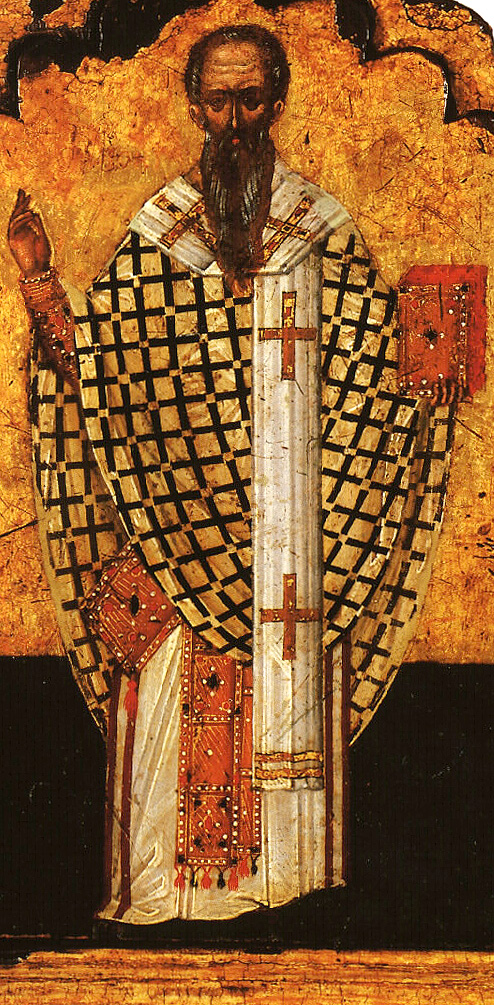Liturgical Development

Many liturgical hymns were written, including the Christmas kontakion and many other kontakia by Saint Romanos the Hymnographer (early 6th century), a deacon in Constantinople, who was one of the most gifted hymnographers of all time. It is said that Emperor Justinian himself wrote the hymn “Only-begotten Son,” which is still sung at the synaxis of the divine liturgies in the Orthodox Church.
The 6th century witnessed a certain establishment and stabilization of liturgical worship throughout the Eastern Christian world, particularly because the liturgical practices of the imperial city of Constantinople were being accepted voluntarily by other cities throughout the empire. The Church of Constantinople began to use certain liturgical feasts already in use in the Palestinian centers of Church life. These feasts were the Nativity and the Dormition of the Theotokos, and the Presentation of Christ in the Temple. It is also likely that the feast of the Transfiguration was celebrated in Constantinople by this time.
In addition to the festal celebrations of the capital city that spread throughout the Eastern empire, such elements as the formal liturgical entrances, and the chanting of the Trisagion in the Divine Liturgy, were added.

The convergence of several factors caused numerous changes in the Church’s liturgical ritual and piety. These factors were the rise of the Constantinopolitan Church as the model for other churches; the development of the imperial churchly ritual; the appearance of the mystical theology expressed in the writings published under the name of Saint Dionysius the Aeropagite; and the attempts of the Church and State to reconcile the Non-Chalcedonians.
At this time the practices of the Church of Constantinople were combined with the original Jewish-Christian worship of the early Church, the rule of prayer which had developed in the Christian monasteries, and the liturgical practices of the Church in Jerusalem, to form the first great synthesis of liturgical worship in Orthodox history.
